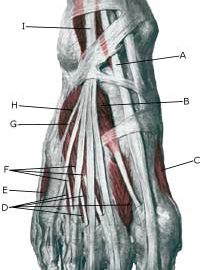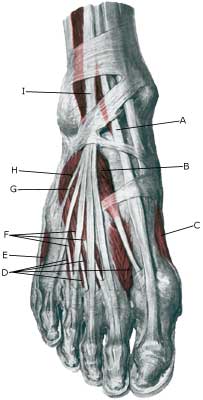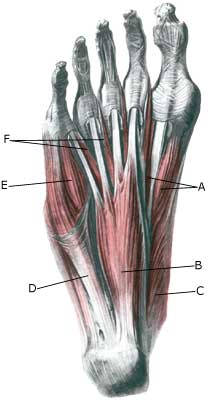|
||
|
||
|
||
| Cause: The fleshy part of the muscles contains a great number of blood vessels which will often bring about bleeding if there is a rupture of the muscle fibres due to a tearing or blow.
Symptoms: Pain when pressure is applied, activating and stretching the damaged muscle. There is often a sense of the muscle being firm or filling out. Examination: A medical examination is not required in slight cases. If satisfactory progress is not achieved a medical examination may be required in order to make the diagnosis. A normal medical examination is usually sufficient in order Treatment: Bleeding on the muscles is treated with relief and rehabilitation. In instances where the bleeding is particularly excessive it may be necessary to perform draining. Rehabilitation: Rehabilitation is totally dependent upon which muscle is injured. Running can normally be resumed as soon as the pain subsides. Until this is possible, the guidelines under rehabilitation, general should be followed. Complications: If satisfactory progress is not achieved, an x-ray examination should be performed to exclude the possibility of: Similarly, an ultrasound scan should be performed to exclude: |



